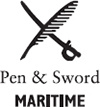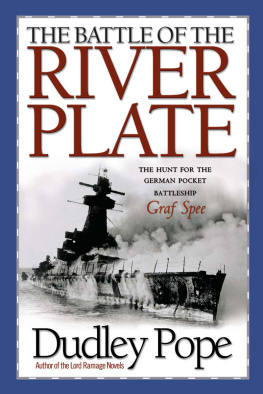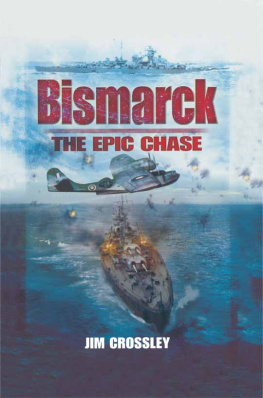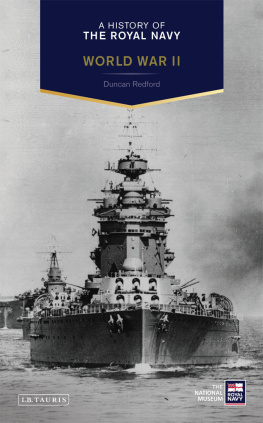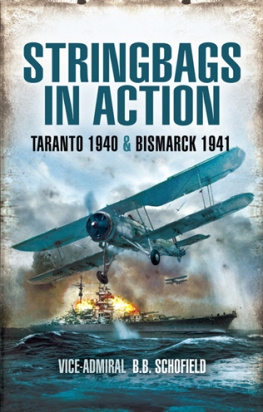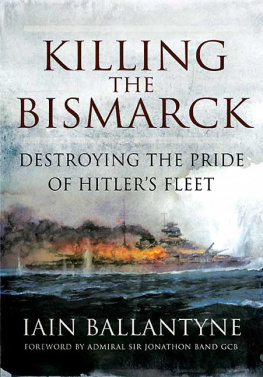THE WAR WITH HITLERS NAVY
Jim! I thought it was time you caught up with Amy, so this is for you. Hope you enjoy it!
THE WAR WITH HITLERS NAVY
ADRIAN STEWART
First published in Great Britain in 2018 by
PEN & SWORD MARITIME
An imprint of
Pen & Sword Books Ltd
Yorkshire Philadelphia
Copyright Adrian Stewart 2018
ISBN 978 1 52671 057 4
eISBN: 978 1 52671 059 8
Mobi ISBN: 978 1 52671 058 1
The right of Adrian Stewart to be identified as Author of this work has been asserted by him in accordance with the Copyright, Designs and Patents Act 1988.
A CIP catalogue record for this book is available from the British Library.
All rights reserved. No part of this book may be reproduced or transmitted in any form or by any means, electronic or mechanical including photocopying, recording or by any information storage and retrieval system, without permission from the Publisher in writing.
Pen & Sword Books Limited incorporates the imprints of Atlas, Archaeology, Aviation, Discovery, Family History, Fiction, History, Maritime, Military, Military Classics, Politics, Select, Transport, True Crime, Air World, Frontline Publishing, Leo Cooper, Remember When, Seaforth Publishing, The Praetorian Press, Wharncliffe Local History, Wharncliffe Transport, Wharncliffe True Crime and White Owl.
For a complete list of Pen & Sword titles please contact
PEN & SWORD BOOKS LIMITED
47 Church Street, Barnsley, South Yorkshire, S70 2AS, England
E-mail:
Website: www.pen-and-sword.co.uk
Or
PEN AND SWORD BOOKS
1950 Lawrence Rd, Havertown, PA 19083, USA
E-mail:
Website: www.penandswordbooks.com
Acknowledgements
A s so often before, I am in debt to:
Brigadier Henry Wilson and the staff of Pen & Sword Books Limited, particularly my production manager and liaison officer, Matt Jones.
Andrew Hewson and the staff of Johnson & Alcock Limited, particularly my liaison officer, Ed Wilson.
My marvellous editor, Pamela Covey.
Philip Fisher and the staff of the Birmingham & Midland Institute & Library for the photographs.
Jon Wilkinson for designing the cover.
My thanks to you all.
Chapter One
The Construction of Hitlers Navy
I n fact, the navy that fought for Adolf Hitler in the Second World War was already in existence before he became Chancellor of Germany on 30 January 1933. It was, however, small in size, with its future development strictly regulated by the terms of the 1919 Treaty of Versailles. These allowed Germany to retain only six obsolete pre-dreadnought battleships; their number could not be increased and if any were replaced, this could be done only with vessels that did not exceed 10,000 tons and possessed guns of no more than 11in calibre. Germany was not allowed to have 8in-gunned heavy cruisers and only six light cruisers, with 6in guns and not exceeding 6,000 tons. The tonnage of smaller warships was also controlled and no submarines were permitted. The navys strength was limited to 15,000 officers and men who had to serve for a minimum of twenty-five and twelve years respectively. Germanys army was also drastically reduced and military aeroplanes were forbidden absolutely.
It was perhaps not surprising that every effort was made to evade these restrictions even before the advent of Hitler. The German army, officially not to exceed a strength of 100,000 men, slowly but steadily rose above that figure. Coastal defences were either not destroyed as ordered or were quietly reconstructed. A military air force was secretly revived under the guise of state-owned civil aviation and government-sponsored flying clubs, while a certain Major Hermann Gring, for instance, spent a total of six years at different times flying with the Swedish Air Force.
Similar evasions were commonplace in the German navy. The limit on manpower was surpassed by such devices as placing naval departments under civilian ministries. In 1925, the first new light cruiser, Emden, was launched. She was just within the limits prescribed at Versailles, but over the next five years three more light cruisers appeared that not only had nine 6in guns compared to Emdens eight, but a tonnage that exceeded those limits. So did that of twelve new destroyers that came into existence at the same time. Still more significantly, a Submarine Development Bureau, disguised as a shipbuilding firm, was set up in Holland, by which U-boats were built in Spain and Finland, while future U-boat crews were trained under the pretence that they were learning methods of anti-submarine warfare. By 1930, Germany was quite capable of producing and manning her own U-boats if the Versailles prohibition could only be lifted.
Meanwhile, other potentially ominous events had occurred. In 1928, work on the first vessel designed to replace Germanys old battleships had begun at Kiel. The Deutschland was armed with six 11in guns and eight of 59in calibre. She had diesel engines that proved troublesome at first but gave her a maximum speed of 26 knots, faster than that of any British capital ship except the battle-cruisers Hood, Renown and Repulse, and an operational range of some 19,000 miles. Yet she was supposedly of only the 10,000 tons allowed by the Versailles Treaty and although it would later emerge that she was really at least 12,000 tons, it was still a remarkable achievement for a ship of this size to have such capabilities. The Germans called her a panzerschiff or armoured ship but other countries admiringly labelled her a pocket battleship.
A vessel with this speed and range had obvious potential for attacking convoy routes, a fact that would have given considerable satisfaction to Admiral Erich Raeder who became the head of the German navy in 1929. During the First World War, Raeder had served with Germanys High Seas Fleet and seen action at the battles of Dogger Bank and Jutland as an officer on the staff of Vice Admiral Franz von Hipper, commander of its Battle-Cruiser Force. Later, however, he was to be one of the authors of the German navys Official History and during his researches for this, he became fascinated by the German surface ships that had operated as commerce raiders thousands of miles away from their homeland.
Raeder particularly admired the German Pacific Squadron commanded by Vice Admiral Graf (Count) von Spee, which had defeated a British cruiser squadron at Coronel before being destroyed itself, fighting gallantly against impossible odds, in the Battle of the Falkland Islands. When he reached the height of his profession, therefore, Raeders first action was to order the building of two more pocket battleships which, presumably much to his approval, were named after von Spee and the German commander-in-chief at Jutland, Vice Admiral Reinhard Scheer.
This then was the situation when Hitler became Chancellor. Just three days later, on 2 February 1933, he addressed his chief military and naval commanders, frankly declaring his intention to tear up the Treaty of Versailles and urging them to proceed with the rearmament of the country as soon as possible. Raeder, who was among his audience, would later admit that he was highly pleased at the prospect.

